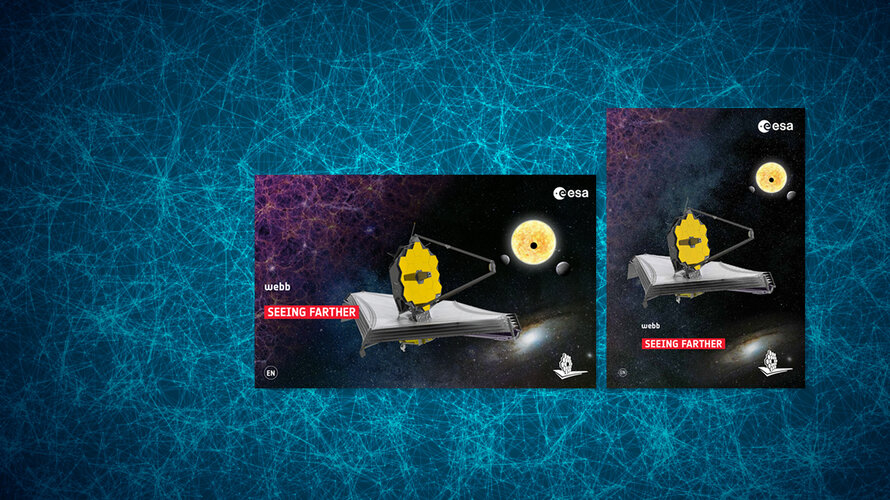
Copernical Team
Cool tech to almost double deep space data

An upgrade to ESA’s three 35-metre deep-space antennas will boost science data return by 40% by cooling the ‘antenna feed’ to just 10 degrees above the lowest temperature possible in the Universe.
Ariane 6 mast gains cryogenic arms
 Image:
Cryogenic arms on the upper part of the Ariane 6 mast on the launch pad connect to the rocket's upper stage and retract at liftoff
Image:
Cryogenic arms on the upper part of the Ariane 6 mast on the launch pad connect to the rocket's upper stage and retract at liftoff Putting the Earth observation into ‘the market perspective’

With a boom in the global market for Earth observation information and data products, participants at this year’s Φ-week conference have been digging deep into the ‘market perspective’. This important topic includes how to gain a better understanding of what governments, industry, the public and other users of Earth observation products and services need and expect to create value for society and the economy.
The future is here: Advanced Manufacturing for space

To go to new places in space, or do new things, usually demands innovative technologies, and often novel materials and manufacturing techniques as well. So ESA and NASA have teamed up to support a major international conference on Advanced Manufacturing – bringing together Industry 4.0 with Space 4.0.
Webb brochure, interactive or PDF, available in six languages

Webb brochure
Interactive or PDF, available in six languages
Europe delivers module for first astronaut mission to the Moon

The second European Service Module for NASA’s Orion spacecraft is on its way to USA. It is the last stopover on Earth before this made-in-Europe powerhouse takes the first astronauts around the Moon on the Artemis II mission.
To oldly go: Shatner, 90, inspires with real-life space trip

As William Shatner prepares to be beamed up Wednesday for his first real-life spaceflight, and to become at 90 the oldest person ever to enter the final frontier, he's bringing out the awe in the small handful of people around a rural Texas spaceport.
Tethered satellites for propulsion without fuel
 Image:
Tethered satellites for propulsion without fuel
Image:
Tethered satellites for propulsion without fuel ESO images some of the biggest asteroids in our Solar System

With first Martian samples packed, Perseverance initiates remarkable sample return mission

NASA, along with the European Space Agency, is developing a campaign to return the Martian samples to Earth.
On Sept. 1, NASA's Perseverance rover unfurled its arm, placed a drill bit at the Martian surface, and drilled about 2 inches, or 6 centimeters, down to extract a rock core. The rover later sealed the rock core in its tube. This historic event marked the first time a spacecraft packed up a rock sample from another planet that could be returned to Earth by future spacecraft.
Mars Sample Return is a multi-mission campaign designed to retrieve the cores Perseverance will collect over the next several years.


































